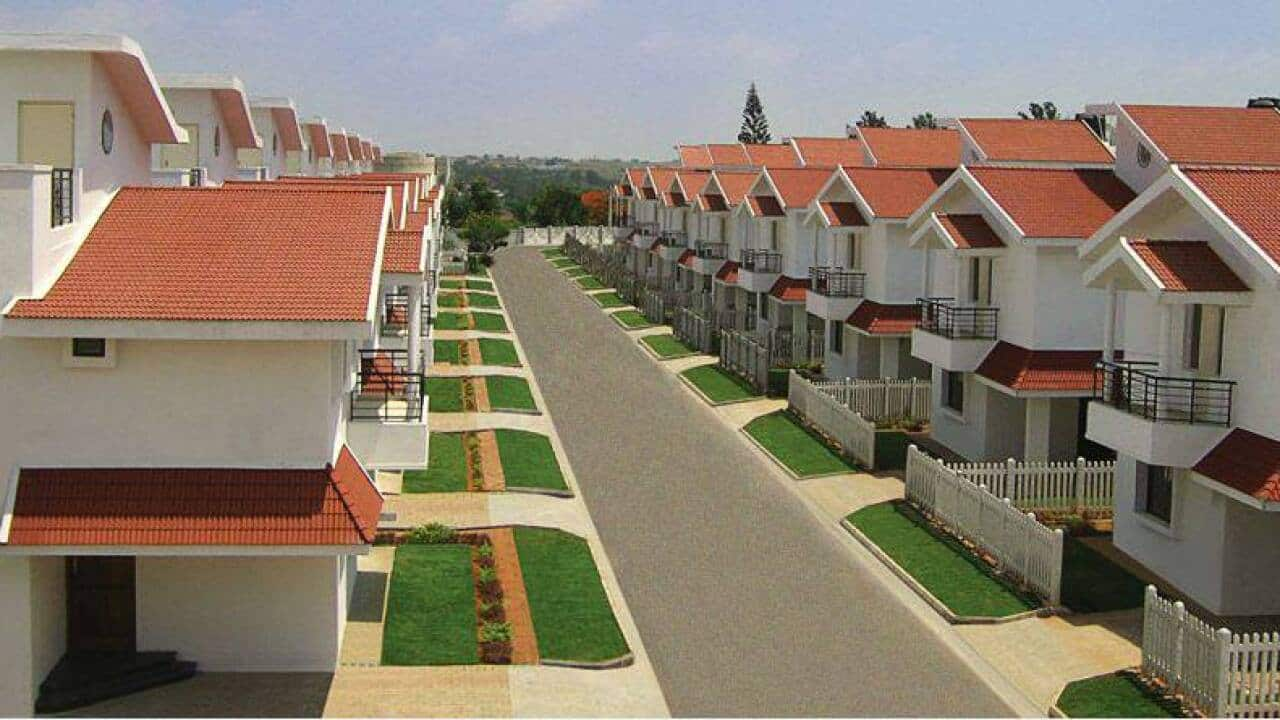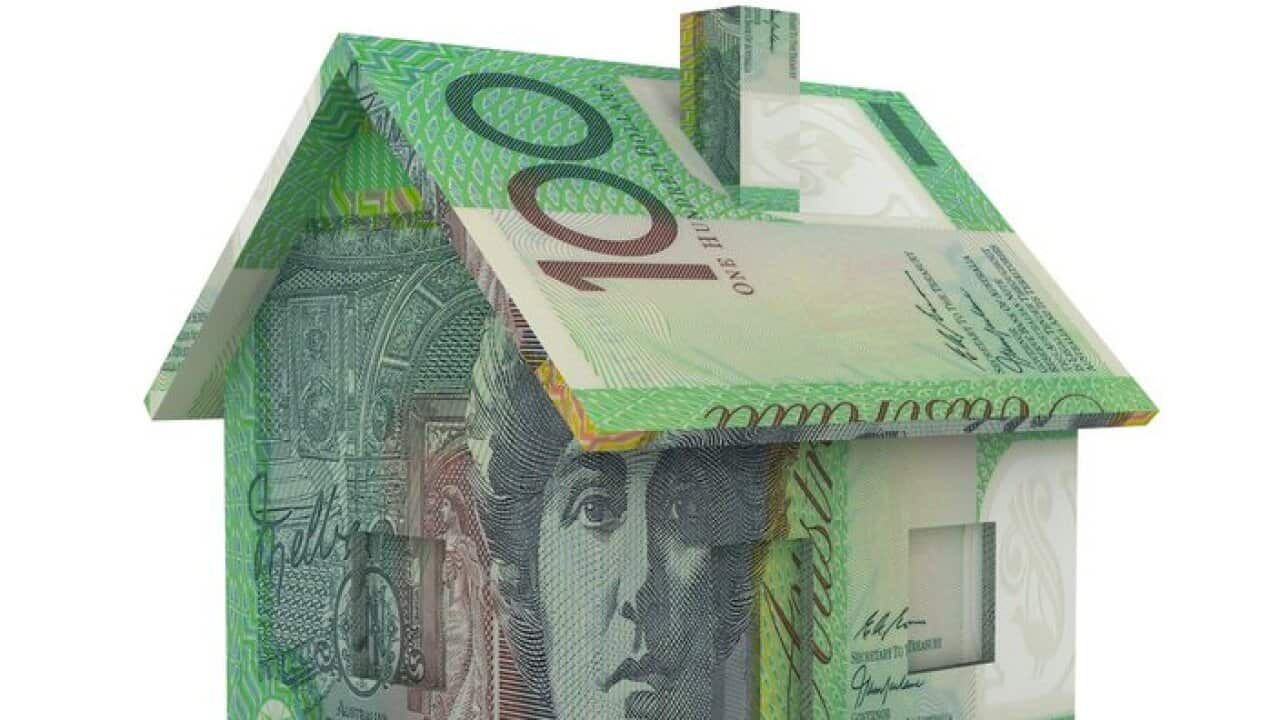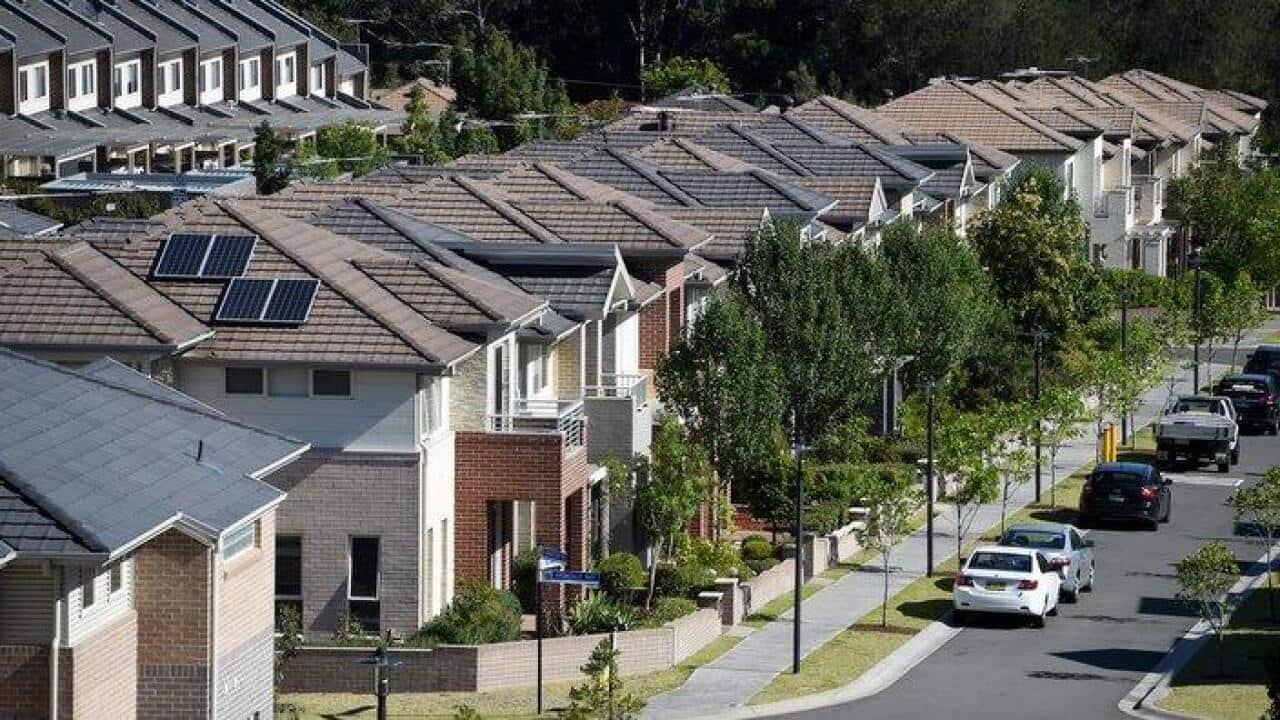Erika Tod and her partner started their property search in Sydney five years ago.
"When we had a look then, there was literally a line out the door to get in and have a look around and no time to speak to the agent. And when we did, they sometimes didn't even know the answers to our questions that we were asking. So it was very frustrating."
Now, with a growing family, Ms Tod says they are keen to secure that first home.
But she says they have noticed a shift in buyer interest now.
"And having had a look at a couple of places over the past few weekends, there aren't that many people there, to be totally honest. Compared to five years ago, when there were probably well over 20 couples at any one time viewing properties, we're now one of maybe two or three other couples."
With a record number of new homes and apartments hitting the market, some areas are in oversupply.
There has also been a slowdown in investor activity amid tighter lending rules.
The banking regulator APRA says, a fter reaching a record in July last year, the value of interest-only loans has slumped to the lowest point since January 2015.
BIS Economics property analyst Angie Zigomanis says that means there is less potential for investors to bid up prices.
"Look, I think, in most markets at the moment, if you're a first-home buyer, there's not a real lot of urgency to be buying. Prices aren't going to be running ahead of you, like they have been, particularly in Sydney and Melbourne, in recent years."
Of Australia's capital cities, BIS is predicting Brisbane will have the biggest increase in median prices over the next three years.
It predicts prices in Brisbane will rise 13 per cent as population growth catches up when a slowdown in housing construction eventuates in two years.
Prices in Canberra and Perth are forecast to grow by 10 per cent, while the rest of the country is only expected to have single-digit growth through to 2021.
Sydney prices are tipped to grow the least, by 3 per cent.
The softer prices are encouraging first-home buyers back into the market.
They now account for 17.6 per cent of owner-occupier home loans, taking out an average loan of about $343,000.
Follow SBS Punjabi on Facebook and Twitter.
More from SBS Punjabi

Sydney, Melbourne property prices record worst fall since 2012





